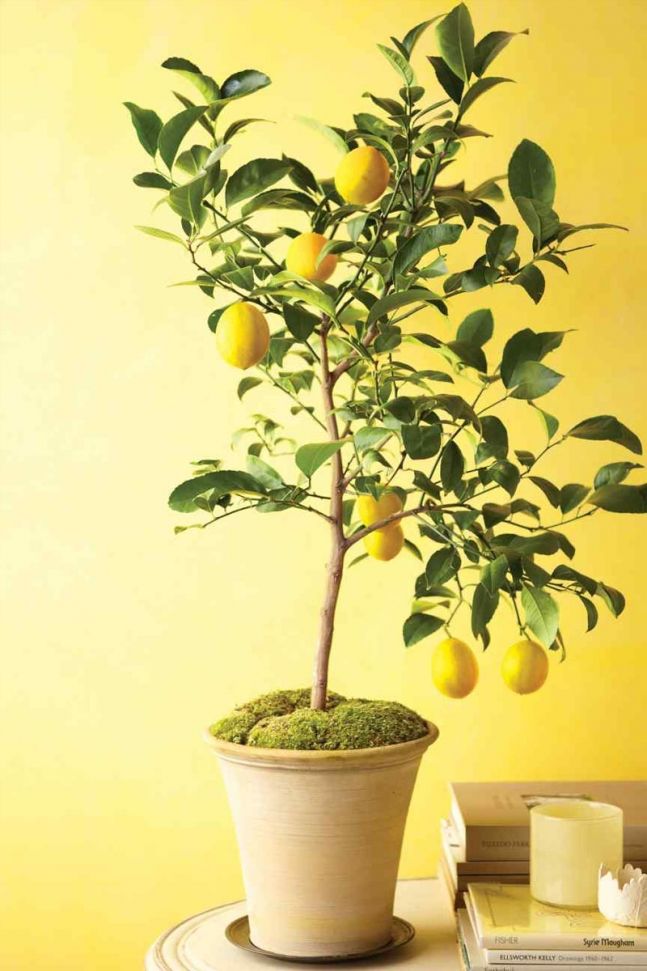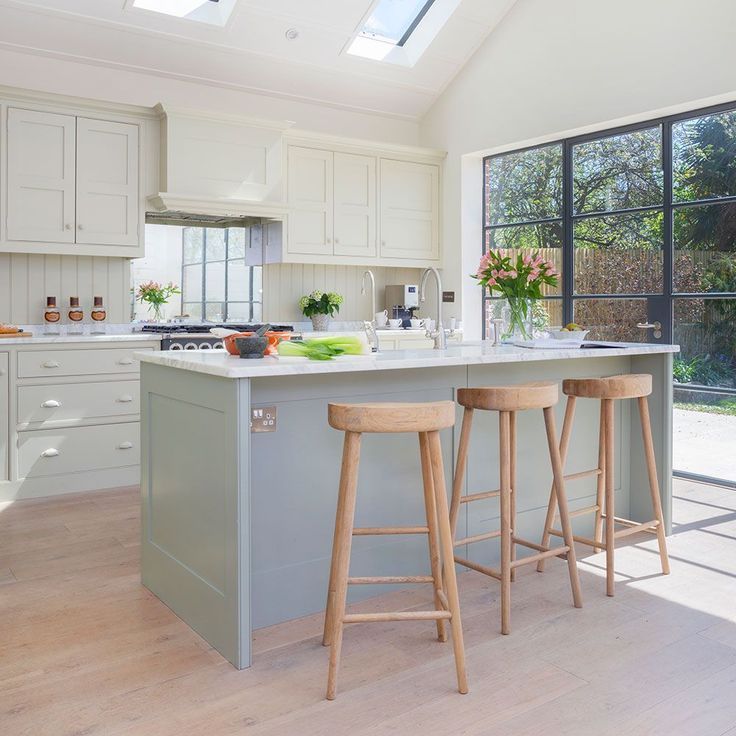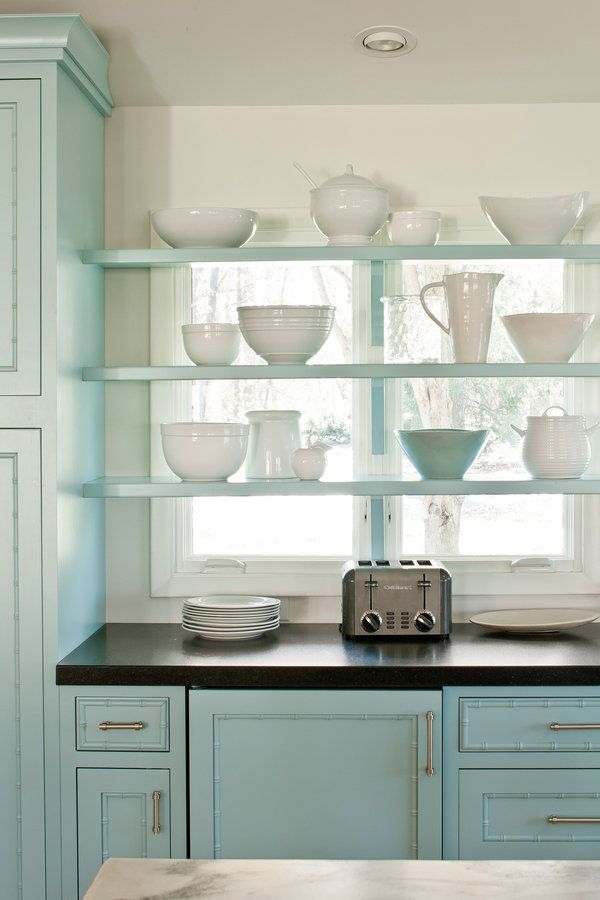How to build large pond
How to build a pond or lake on your property
We interview a permaculture design expert about installing a water feature while avoiding common pitfalls and mistakes.
After years of dreaming, saving and endless searching you’ve found your near-perfect rural property.
It has just the right amount of acreage, a gorgeous home site, unbeatable views and is the ideal distance to and from civilization.
Yes, your dream property is perfect…except for one small thing.
It’s missing a water feature.
Specifically, it’s missing a pond.
A pond offers numerous benefits for landowners, from providing water for livestock, to entertainment for the kids and promoting eco-diversity within the landscape.
But, despite its aesthetic and functional joys there are a lot of factors to consider before installing any size pond.
Factors like:
-
Is your land and soil actually suited for a pond?
-
How much will it cost to build?
-
Can you do it yourself?
-
Whom do you need to contact to install the pond? (Hint: it’s not usually just a guy with a digger.
)
-
Are short-term costs worthy of the long-term gain?
In today’s post, Spiral Ridge Permaculture's Cliff Davis, a southeastern permaculture design expert, consultant, lecturer, homesteader and “applied farming ecologist,” will guide you through everything you need to know about installing a pond on your near-perfect piece of land.
The Significance and Far-Reaching Benefits of Ponds
Permaculture design has become infamous in drought-ridden regions, such as Australia and the Middle East, for restoring barren landscapes to fertile oases through specific systems of water capturing, planting and other land design and animal management principles.
Cliff describes his role in permaculture design as, “Designing regenerative human settlements that mimic nature and the intelligence behind ecosystems. As a permaculture designer, I use the land’s ecology and eco-intelligence to design more effective and resilient farm systems.”
Here’s how it relates to building a beautiful, fertile, functional pond.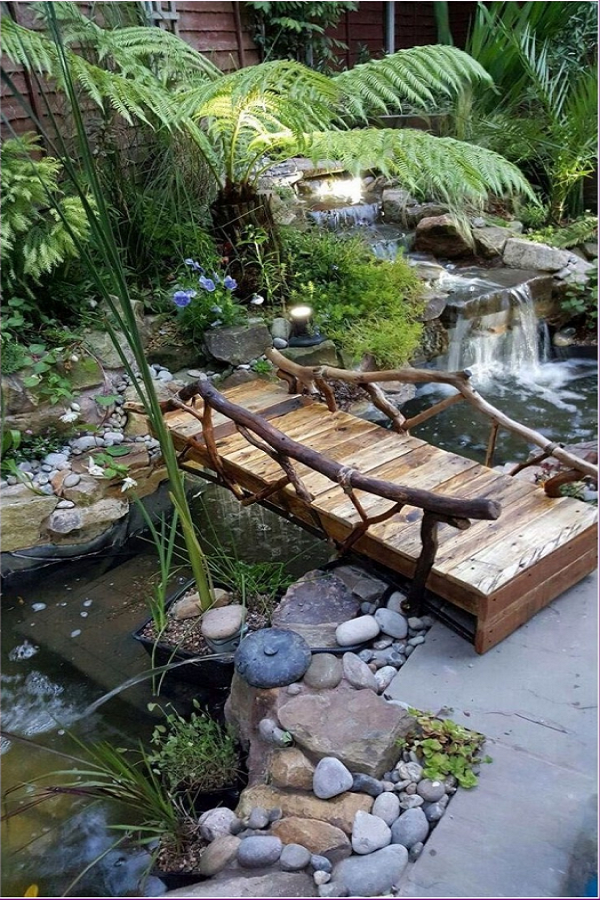
“When most people think of a pond’s purpose, they think of them for fishing, irrigation, or watering livestock—which is their primary function in the southeast.”
But, according to Cliff, a permaculture-designed pond, or system of ponds, can offer so much more to both the land and its inhabitants.
“Properly designed and positioned ponds create microclimates within a property. They help humidify the landscape—water holds a lot of heat, so if you can have a pond ecosystem near your orchards or your house you can stabilize more of the environment around those areas and even prevent frost and delay flowering in spring.”
Cliff also explains that besides creating remarkable microclimates, ponds help create biodiversity by recharging the ground water table and providing habitat for frogs and wildlife that help keep the ecosystem in check.
Ponds positioned on slopes (known as ridge dams) can also help sustain your land and livestock during times of drought (a memory fresh in the minds of Southern landowners everywhere).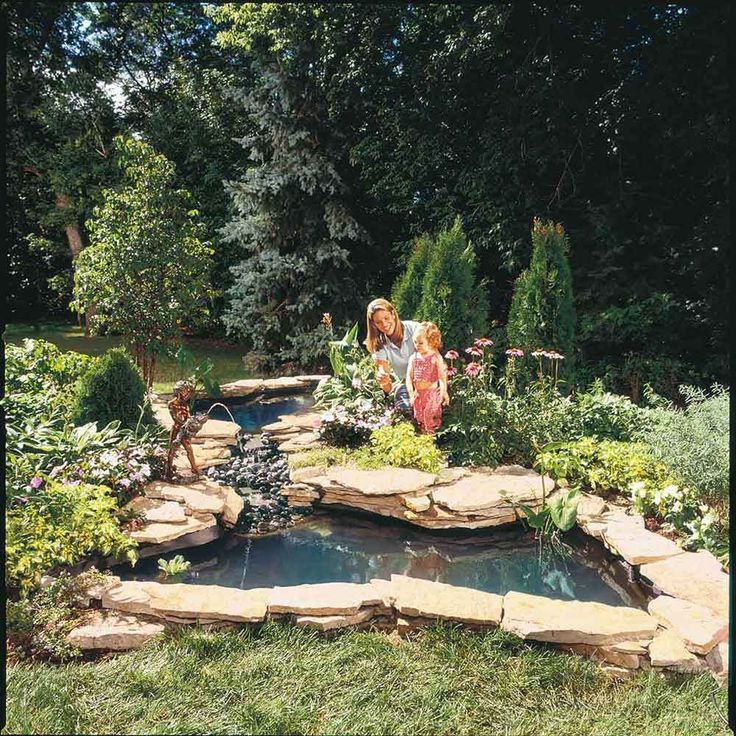
“When you begin to view the significance of a pond from this perspective, it helps you start to think about how many functions you can get out of this thing you’re about to spend thousands of dollars on.”
Now that your mind is beginning to brim with possibilities, let’s take a look at Cliff’s step-by-step tips for successful pond integration.
Step 1: Decide what function(s) your pond will serve
Before you start dreaming about your pond’s location, landscaping or size, Cliff recommends asking yourself the big question: Why do I really want a pond, now and in the future?
“You don’t want to just build a pond, you want to build an eco-system. You can irrigate and water livestock from a pond, but you can also use it to create an aquaculture, raise geese, fish, mitigate drought and create microclimates. So there’s a lot to consider in the function of your pond.”
Take some time to carefully consider and research your big WHY before you start calling up contractors.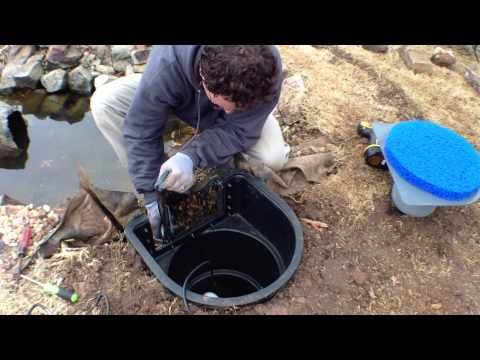
This will determine a number of crucial design aspects such as the pond’s ideal location, size, expert advice required and the type of aquaculture you want to create.
Step 2: Determine whether or not your land and soil are suited for a pond
Though a pond can be installed on nearly any type of land, your soil has to be compatible or the water won’t hold.
Cliff refers to soil that holds water as “plastic soil."
In the Southeast most of us have clay, which is ideal for ponds, but if your property has sandy, rocky, or dispersive soil you may have to truck in clay such as bentonite clay, which gets expensive.
“At that point you have to do a cost-benefit analysis to see if it’s really worth it for the long-run, because there are other water-capturing features you can consider.”
“Whether or not your land is suited for a pond also depends on what kind of usage you want out of it. If you want to gravity feed water with piping for irrigation using a ridge dam (a pond positioned mid to mid-high slope), then having gentle hills is a must.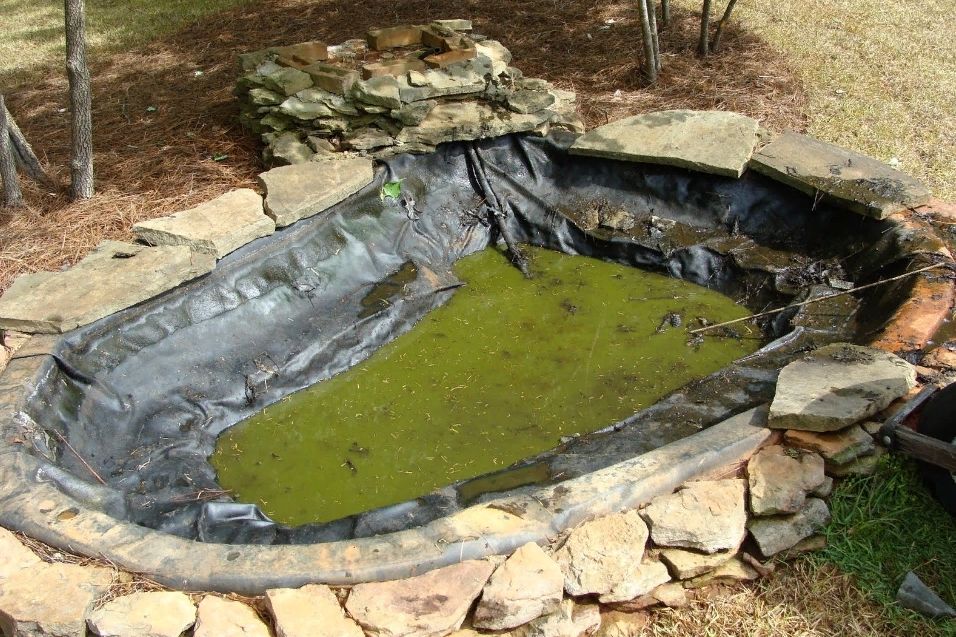 ”
”
“The best landscape is where you can get the most uses.”
Step 3: Do your due diligence (and avoid the biggest mistake aspiring pond owners make)
As a permaculture design consultant, Cliff has been called in to assess and fix a lot of ponds-gone-wrong.
“I’ve seen a couple-acre pond built that didn’t hold water. If you can imagine that’s kind of like pumping a 500-foot well dry, and that’s a major problem in the design process.”
“What I typically tell people is due diligence is the best thing you can do in the beginning.”
Cliff references one of his permaculture design mentors, Darren Doherty, co-author of the much-anticipated “The Regrarians Handbook”, who explains there are 28 steps to building a pond - and during the first 14 you’re not even digging.
“Managing water on a landscape is one of the most important things we design for.”
Here are 4 key tips to ensure you've done your due diligence before you build a pond:
1.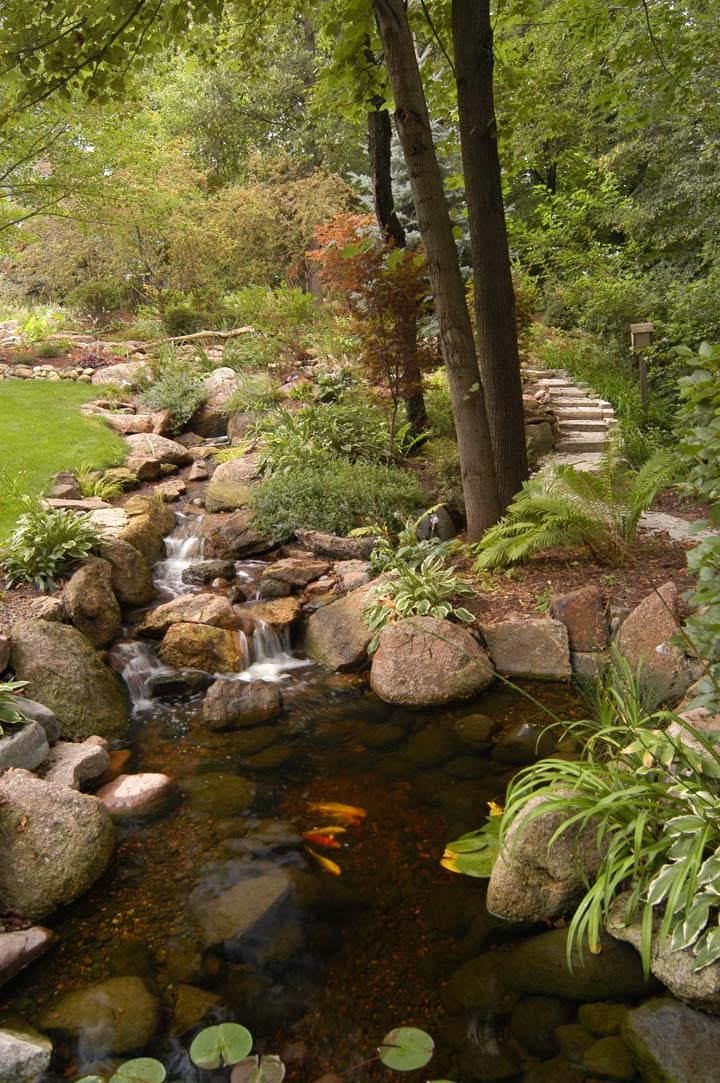 Do “dry-runs” with help from a professional
Do “dry-runs” with help from a professional
“Get a hold of the National Resources Conservation Service (NRSC) or your local extension office, find out who the geologist is and talk to them about your soil and the possibility of putting in a pond in your area. Do exploratory pits to see what the soil looks like. If it’s rocky, then most likely it’s not going to work so well because you can’t build a pond with dispersive soil.”
2. Consider rainfall AND watershed
Though rainfall is an important consideration, Cliff emphasizes you must also account for watershed when determining the best location for your pond.
Watershed is an area of land that feeds all the water running under it and draining off of it into a body of water on your land. In this case that body of water is your pond site.
“You have to do a study of the area and the watershed that is going to be filling up the pond. That’s very important, because I’ve seen ponds that don’t fill up because there’s not enough watershed to fill that size pond, so you have to size your pond accordingly.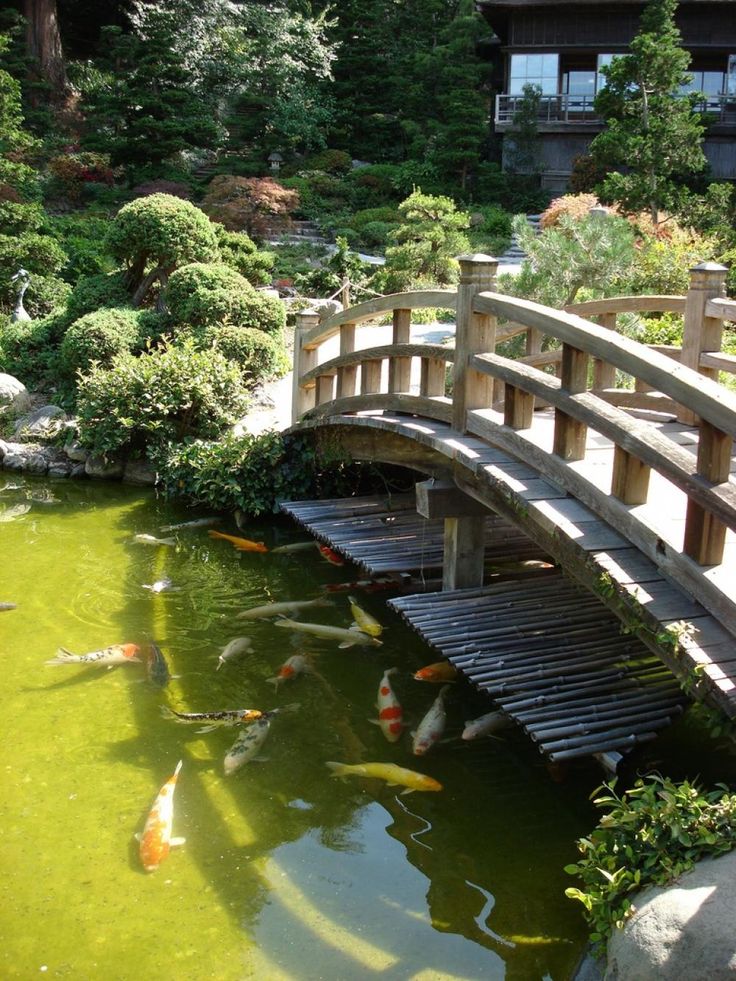 ”
”
“And you have to build the spillways (for overflow) to be able to handle a lot of water coming out, like a 100 year flood, so it doesn’t spill over the back of the dam wall. Those have to be designed and built very well.”
3. Want a clean, clear and full pond? Beware of trees.
“The other thing I notice when ponds won’t hold water is they have a lot of the trees growing on the backside of the dam wall.”
“That’s not good, because the trees will either wick the water from the pond or can cause capillaries from the backside of the dam into the pond leading to multiple drainage issues. Then if the tree dies, the roots die, causing a piping network that can drain water.”
“If you want the pond to hold water and for that water to be clean, then it’s best not to have trees around the dam wall at all (no pun intended).”
4. Don’t forget to check on legalities
In most areas there are legal restrictions on how close your dam or pond can be built to an existing creek, stream, river, reservoir, etc.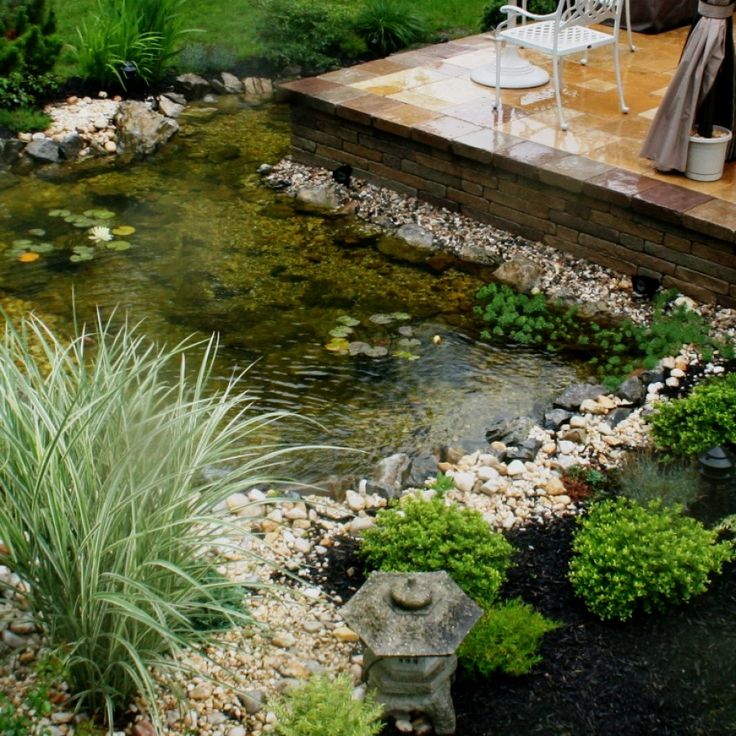 Ignore these to your peril because you could get sued.
Ignore these to your peril because you could get sued.
Then there’s the what-if factor, “I don’t recommend building a big dam wall up above your house. If you have your house on a slope with the dam above it and the dam wall breaches it could completely destroy what’s beneath it. And you have to consider your neighbors too.”
You also need to research permits, review your insurance policy and determine whether or not your pond will be used for fire protection.
Step 4: Finding and hiring your pond building and design team
Though you may think you can just hire a machine operator to dig a hole (or dig it yourself), you may need to consult with contractors, designers, operators, geologists, insurance agents and even engineers before you break ground.
“First, find the portfolio of the contractor who’s going to build this thing. You’re paying someone $100-$150 an hour so you want to know exactly what they plan to do to your land and what they’ve done in the past. ”
”
“Ask them questions like: Do you know what freeboard is on a pond (that’s the difference between the water level and the still weight on the dam wall)? Do they know about keying in a dam? How do they build the dams? I highly recommend studying and researching how dams are supposed to be built for yourself.”
“Sometimes the scale of the pond will demand different consultants or different people working on it. If your pond will be more than 2-3 acres you may have to hire hydrological engineers—and remember, engineers don’t cost you money - they save you money.”
If you’re interested in implementing permaculture design principles into your landscape, a regional design expert like Cliff can provide a wealth of knowledge and recommendations for your unique land.
Though there are DIY options for pond building, Cliff recommends getting help when you need it:
“Even though DIY is kind of my MO, I would say don’t be too cheap to hire the right people to help you. You’re making a major change to your landscape that you’re going to have to live with forever, plus ponds are very costly to fix if they’re not installed right in the first place.”
You’re making a major change to your landscape that you’re going to have to live with forever, plus ponds are very costly to fix if they’re not installed right in the first place.”
Bottom line, be your own advocate in researching the specifics of building your pond, but seriously consider seeking help from the experts when it comes to the physical task of building it.
Step 5: Introduce plants and wildlife carefully
“First of all, keep ducks off your pond at first (using fencing) because they’ll consume all the plant material that wants to grow in there.”
“As soon as the pond’s built you need to get some really good perennial grass, like fescue, on the backside of the dam wall. You want to get that covered and mulched right away to help stop any erosion of the wall.”
“You can start planting aquatics on the edges. Contact your fish and wildlife department for help determining stocking rates, and I highly recommend talking to your local extension agent for advice and options. ”
”
Cliff also warns against letting cattle or other livestock walk directly into your pond at any stage in its life, as this destroys the aquatic life and introduces bacteria and parasites that disrupt and pollute the pond’s eco-system.
Ponds within a sustainable water infrastructure
For farmers interested in using a pond or ponds to capture and utilize water sustainably, Cliff emphasizes it is important to view them as only one piece (albeit an important piece) of your water infrastructure.
“There are multiple ways to capture and recycle water, such as cisterns off of your barns that collect run-off, grazing your animals better and building topsoil faster so it can hold water in the system. So when you think of water don’t just think of ponds, think of using them within a tool belt of water infrastructure.”
As you can see, integrating a successful pond into your landscape involves a lot more than just digging a hole and figuring out how to fill it. It takes research, planning, strategic design, investment and team work.
But when built the right way for the right reasons, a pond can offer beauty, recreation and sustainable functionality to your perfect piece of land.
To learn more about Cliff and his permaculture courses and workshops, upcoming lectures, permaculture and pond design consulting, internships, and his farm visit: www.spiralridgepermaculture.com. Cliff will also be speaking at the 2016 Georgia Organics Conference & Expo, February 26-27 in Columbus, GA.
Further reading: To learn more about designing and building your ultimate pond, Cliff recommends: www.regrarians.org.
Are you looking for rural land to set up your dream homesite? Raydient Places + Properties features land for sale throughout the South from Florida to Texas at RaydientPlaces.com.
How to build a farm pond
26 Apr How to build a farm pond
Posted at 23:12h in Pond Construction by Art Mendez
Building a farm pond often requires a significant investment and can become a real nightmare if the pond isn’t properly planned, designed and executed.
Today we explain how to build a farm pond in 7 steps, from how much it costs to what kind of fish are better. Keep in mind there is so much to know about farm ponds we are unable to cover it in a single blog post (there are whole books written about the topic), but we’ll do our best to illustrate the basics about building a farm pond.
Farm ponds: A must have
While the dream of a clear watered pond with a beautiful tree at the edge, where you can peacefully rest or read a great book is idyllic, most farm owners have more practical reasons to build a pond in their farms.
Rather than fulfilling an image of rural perfection, farm ponds usually fulfill a practical role in the daily aspects of farm life. As stated by Ben Falk in the article Farm Ponds: Strategies for Multiple Functions “Ponds have been a part of the working landscape since agriculture emerged. Since water is the basis of productive biological systems, retaining and distributing this storehouse of fertility and life within a landscape is key to the success of any operation. ” Water is essential for life and farms are always full of it.
” Water is essential for life and farms are always full of it.
In some cases they are used for fire protection, the production of fish (fish ponds) and/ or aquatic plants. When correctly built they are also safe for swimming, proving a source of recreation for the people in the farm, especially in hot summer time.
Pond building: More than a job
Pond building is more than a job. It’s a science. It requires extensive knowledge of farms, stock breeding, engineering and construction, physics of water behavior, biology of plants and fish, geography of the land area, animal control and protection (depending on each particular case), pond lining, digging, fish stocking, fishing and some basic chemistry to understand the characteristics required in the soil and the water. There’s so much to consider, that you actually need a solid designing and planning stage BEFORE you even start digging the pond.
It is recommended to reach out to your local Natural Resources Conservation Services office for guidance on the requirements to obtain the permits for a new pond construction.
There are many books written on pond design and construction and practical guides that are updated year after year. While sometimes it seems that digging and filling a hole with water shouldn’t be complicated, in reality there are 3 main considerations most farmers tend to overlook:
Understand water is a shared resource: The water you’re going to collect and use in your farm pond is a resource that belongs to the nation. That means that water belongs to no one and to everyone. If you think about it, it is a resource that flows from the ocean to the sky, comes down as rain and flows through the land until it gets back to the ocean. Anything you add to the water can affect the neighbors, the surrounding wildlife, livestock, fish, crops, etc.
Determine your water budget: A farm usually has a minimum “water budget” required for operation depending on what the farm will be focused on. The volume of water that a producer requires for agricultural or livestock production on a farm or ranch operation will depend on the amount of animals or the size of the cultivated area. To approximate your water budget you may use as a reference the Appendix B of the Farm Pond Guide from the US Army Corps of Engineers.
To approximate your water budget you may use as a reference the Appendix B of the Farm Pond Guide from the US Army Corps of Engineers.
Photo courtesy of Wirestock
Know the area of the pond: Most of the time, the spot of land selected isn’t naturally designed to hold water. It takes millions of years for natural water bodies to form and there are reasons for it. Luckily, there are some natural solutions therefore, it is very important to understand how to adapt the particular patch of land you have selected to hold your pond for it to be able to hold water correctly.
Farm Pond Design
Now that you know how much water is required, have the area where you want the pond located and what will be the sources of water for your pond, it’s time to figure out the specific dimensions of the pond, if a pond liner is required or not, if a dam is required and what dimensions will it have, what kind of equipment should be available for functionality and maintenance, if you want to add aquatic plants or fish and what kind, how will it be drained.
Consulting a team of experts is a must if you haven’t built a pond before or if you’re new to the area where the pond will be built. While building a pond is not an especially cheap feat and investing in a team of experts may seem like too much money, believe me when I tell you it will cost you 10 times more in the long run to fix everything that will go wrong in and with the pond if you do not invest in consultation. The consultation services don’t tend to be very expensive and can, at least, give you a good idea of how to go about designing and building the pond.
7 Steps for building a farm pond or lake
1. The first step is to select the location of the pond on your land. In order to select the best place for the pond, think first about how you will feed the pond. Is it spring fed, if there is a stream nearby? Underground water? Rain storage?
2. Secondly, consider also the type of soil around the property. The ideal type of soil contains between 20 and 40% of clay. However, pond liners can help you solve this issue if the ideal spot for your point doesn’t contain the proper amount of clay, so, consider the water source first, then the type of soil. The third factor to consider is how and where the pond will drain any excess water.
However, pond liners can help you solve this issue if the ideal spot for your point doesn’t contain the proper amount of clay, so, consider the water source first, then the type of soil. The third factor to consider is how and where the pond will drain any excess water.
3. Once the location has been selected, draft a rough design of what you want the pond to look like. At this point you want to know the basics, like the size, the depth, the water source, the drain system, if it needs a dam and if so, what should be its size. There are yet many variables to be considered.
4. Now is where we will file with your local resources office for the permit to build the pond. Because any additions and usage of water will affect not only your farm but the neighbors and the community, it is important to be conscious and be sure the pond construction won’t have a damaging effect on any nearby farms, towns or wildlife sanctuaries. An inspector will come and look at your land, the location you have selected for the pond and the plans you have for it.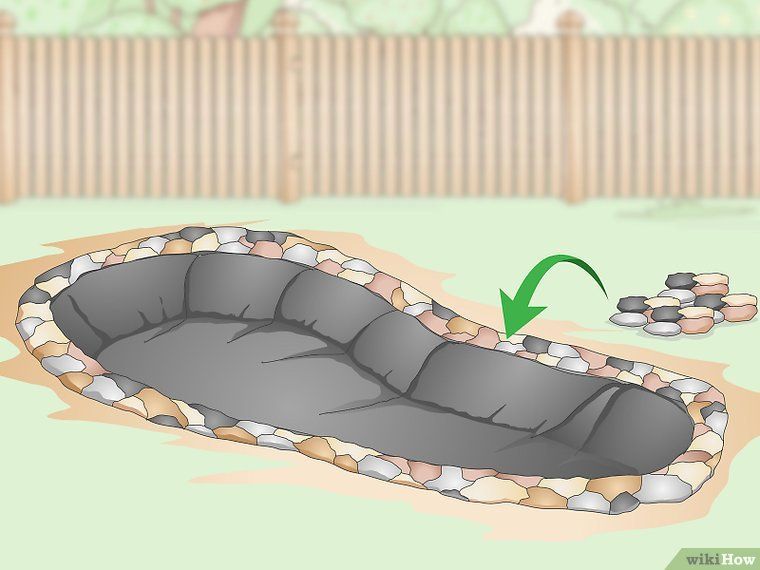 More often than not they will request changes to your design, based on their experience. USDA inspectors will be local to your area and will be able to provide you with critical information for the development and construction of your pond. It is important to understand all permits must be approved BEFORE starting the construction of the pond.
More often than not they will request changes to your design, based on their experience. USDA inspectors will be local to your area and will be able to provide you with critical information for the development and construction of your pond. It is important to understand all permits must be approved BEFORE starting the construction of the pond.
5. OK. So now that all permits have been approved, you have a rough design of your pond. Now it’s time to get into all the details. Start with a desired due date for the pond and collect quotes for the different services you will need. Don’t forget to start collecting quotes for maintenance services, which are often overlooked by many farmers.
6. Once you have a good idea of the required budget for the construction of the pond, it’s time to narrow down the possibilities. Select the services you want to use and schedule them according to your budget and their availability. Make sure they all know that you need to keep to a schedule, but, when possible, allow room for things that may not go as planned.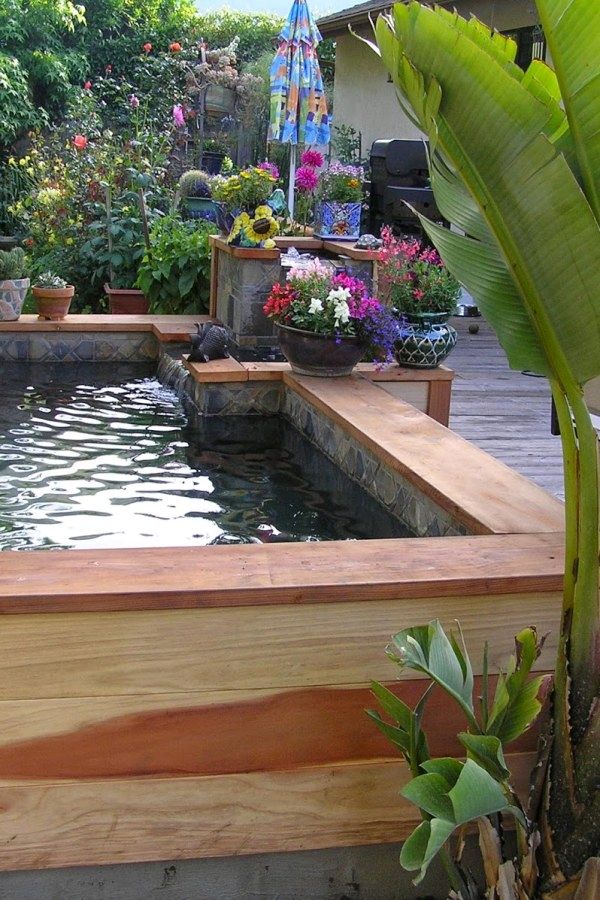 Don’t forget to start planning the landscaping. It might be good to think about the species you want to add, both plants, fish and other animals.
Don’t forget to start planning the landscaping. It might be good to think about the species you want to add, both plants, fish and other animals.
7. Now that you have everything scheduled, it’s game time. Excavation, lining, filling, landscaping. Doesn’t sound so difficult, does it?
How to build a farm pond using bentonite
The easiest way to build a farm pond that holds water is by hiring an expert like Lonestar. I’ve been told that they are the best 😉
Our team has been helping farmers build ponds for over 20 years. Working with us means you get not only the expertise of a team that has built many ponds, but has done it successfully for years. Lonestar Minerals provides turnkey service, including designing the pond according to your needs, aiding you in the permit requests, suggesting materials and equipment required, scheduling the construction work, assuring the equipment availability, lining the pond with bentonite, all the way up to filling the pond with water. We can manage everything for you, including purchasing, staffing, any required rentals and /or permits.
We can manage everything for you, including purchasing, staffing, any required rentals and /or permits.
While not always, most of the time we build a pond we suggest lining it with bentonite. Using sodium bentonite as a pond liner is the safest way to ensure it will hold water for years. Applying the bentonite before packing the pond’s soil will ensure there isn’t water seepage and will allow the aquatic plants and fish to develop normally.
As a company, we appreciate our staff and make sure they are proud of working as part of our company, assuring they will provide truthful consultations while keeping in mind the best interests of the farmers, ranchers and owners we work with. We pride ourselves in selecting our staff so they are people, with integrity, very knowledgeable and fast learners. We invest in developing in-house knowledge and processes that can help us be more efficient in the field and we exchange field experiences to make sure we all learn from the jobs we do everyday.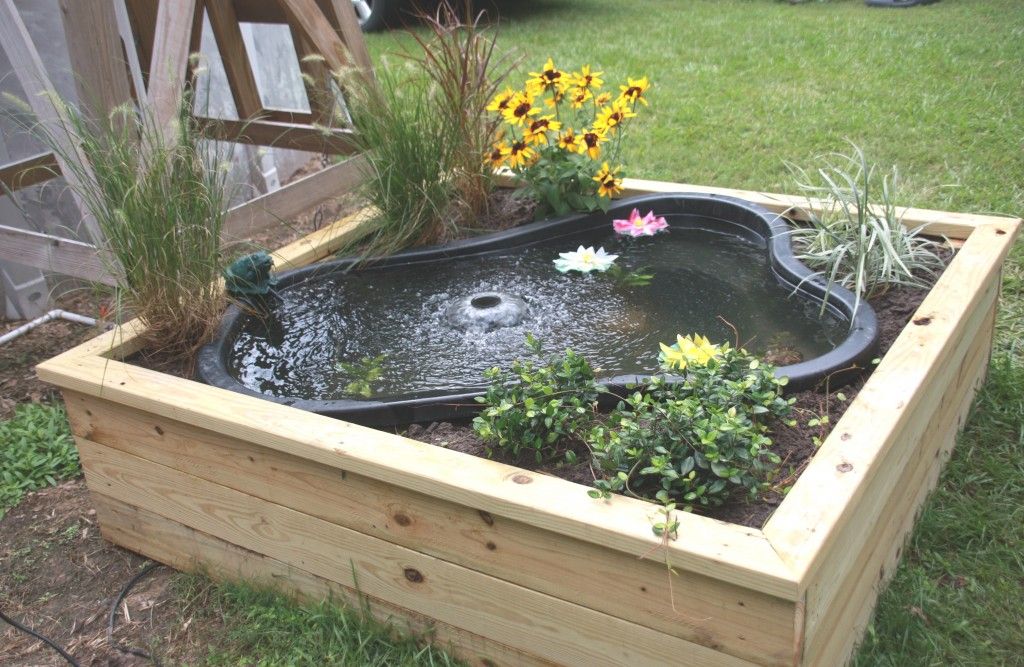
While we work mainly in Texas and the surrounding states, we have been lucky enough to be given the opportunity to work in Florida and California building golf course lakes, in northern states like Wyoming, South Dakota and Idaho, as well as some venues in the Mississippi river area.
Go to Pond Design and Construction
Bonus: Fish in farm ponds
Adding fish to a farm pond is a dream for many farmers. Besides creating a spot that can be enjoyed it can also create a spot to spend a few hours in a small, quiet boat fishing out some gorgeous fish.
Fish stocking is an art in itself. It’s important to manage the quality of the water prior to adding any fish. The water alkalinity, hardness and PH need to be correct for plankton and other small animals to be able to live and feed the fish that will be added to the farm pond.
Throughout the United States, the most common combination of fish is bass and bluegills. However, catfish, sunfish, bullheads, trouts and carps are also widely bred.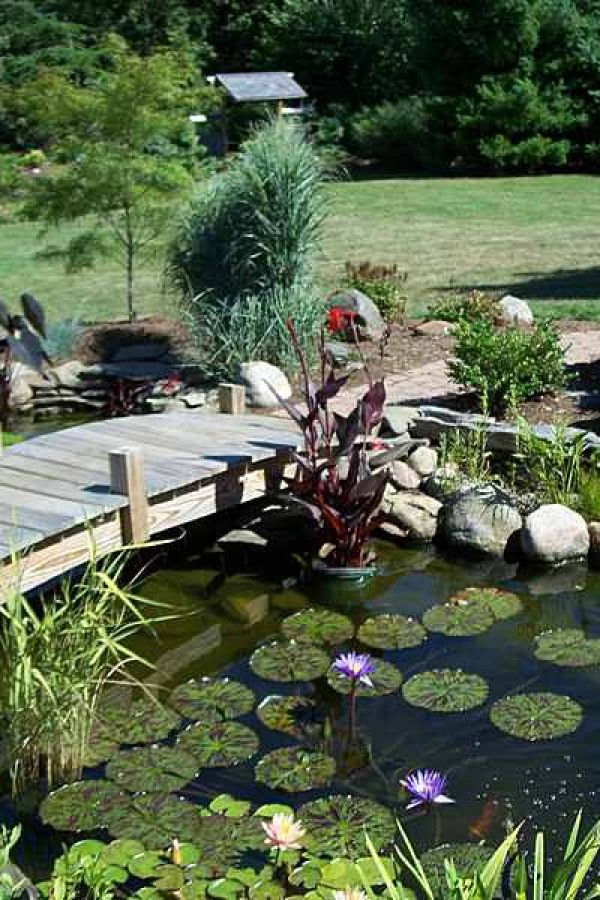 This will depend on the weather in your area,the amount of oxygen in the pond or lake (the surface area can be used to calculate the approximate amount of oxygen in the pond) and your own preferences.
This will depend on the weather in your area,the amount of oxygen in the pond or lake (the surface area can be used to calculate the approximate amount of oxygen in the pond) and your own preferences.
Particularly in Texas, according to the Texas Parks and Wildlife Department you can stock your pond with fish from public water as long as they are “legally harvested”. Per their own definition, “legally harvested” fish are caught by someone who holds the required fishing license, observing all applicable length limits, daily bag limits, and gear restrictions. For more information on licenses and regulations, see the Texas Outdoor Annual.
In Texas’ public waters you can find several species of bass, like the Spotted Bass, the Guadalupe Bass, the Largemouth, the Smallmouth, the Yellow, the White and the Striped Bass. You can also find catfish species like the Channel Catfish and Blue Catfish. As for the sunfish species, the bluegills take the lead, but you can also find Redear Sunfish, Green Sunfish, Warmouth and Redbreast Sunfish.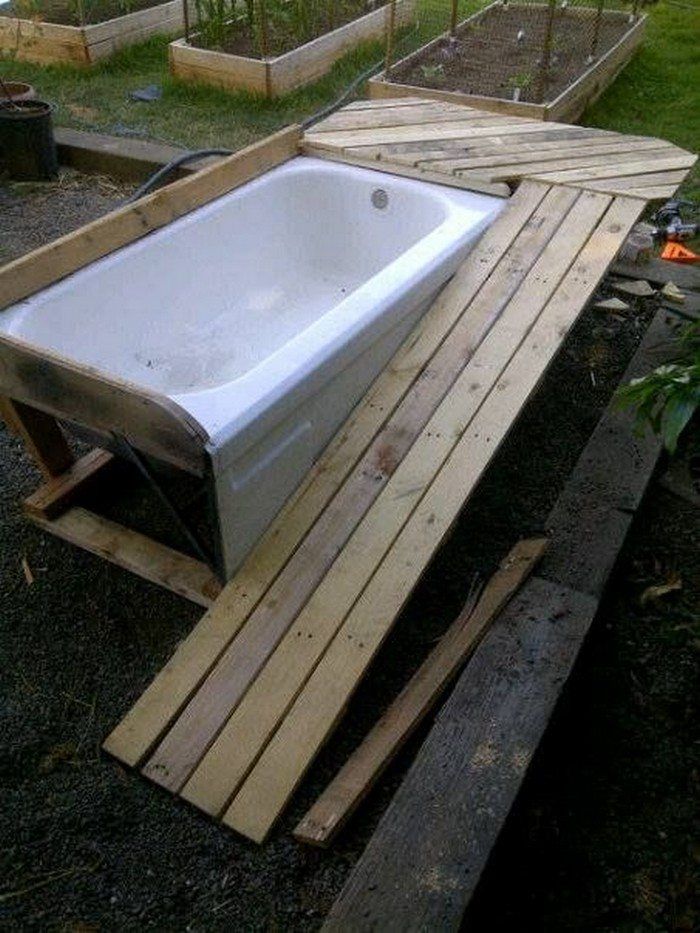
FAQs about how to build a farm pond
Do I need to hire a construction company to build a farm pond?
Even if you are a do it yourselfer, it is highly recommended to hire a company that has among their knowledge how to build a pond. Building a farm pond isn’t an easy feat. If you don’t want to hire a team to do everything for you, tell them upfront you are looking for consulting services and expertise to help you do it yourself. There are companies and people out there that are willing to share their knowledge to help you build your pond or lake.
What purposes can a farm pond fulfill?
Among the most common purposes are to provide water for livestock, fish production (either for food or for recreational fishing), irrigation for nearby crops (required for the production of food), fire protection,
How do you make sure that ponds hold water?
In general terms, you need to make sure the soil that makes up the bottom surface of the pond doesn’t have holes, gaps or crevices that let the water seep through the cracks.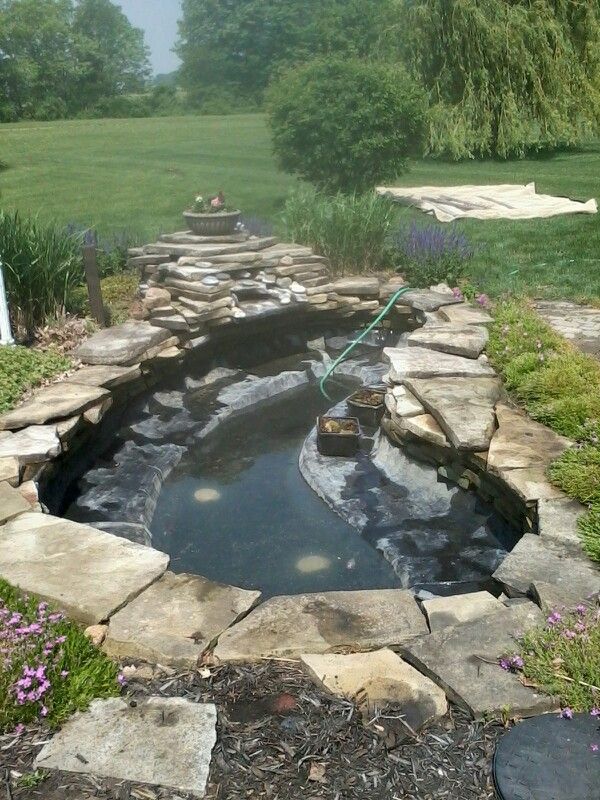 There is more than one way to achieve this purpose and it will depend on the characteristics of the soil in the area where the pond is to be located. Bentonite is the one we prefer because it is 100% natural clay, it blends seamlessly with the pond’s ecology, there are no puncture risks and it can fill all the gaps, holes and crevices that are in the bottom surface of the pond, effectively sealing the soil and reducing or eliminating water seepage.
There is more than one way to achieve this purpose and it will depend on the characteristics of the soil in the area where the pond is to be located. Bentonite is the one we prefer because it is 100% natural clay, it blends seamlessly with the pond’s ecology, there are no puncture risks and it can fill all the gaps, holes and crevices that are in the bottom surface of the pond, effectively sealing the soil and reducing or eliminating water seepage.
Read more about the different methods for Sealing Your Pond: A Quick Introduction for Pond Sealing.
Do all ponds need to be lined?
Using a pond liner is the best way to prevent water seepage in the medium term. When the pond is correctly lined, the seal can last for decades, allowing farmers and owners to enjoy full ponds for many years.
How much does it cost to build a 1 acre farm pond?
According to HomeAdvisor [https://www.homeadvisor.com/] the cost of building a 1 acre pond ranges between 3 and 8 thousand dollars, with $5,600 as an average.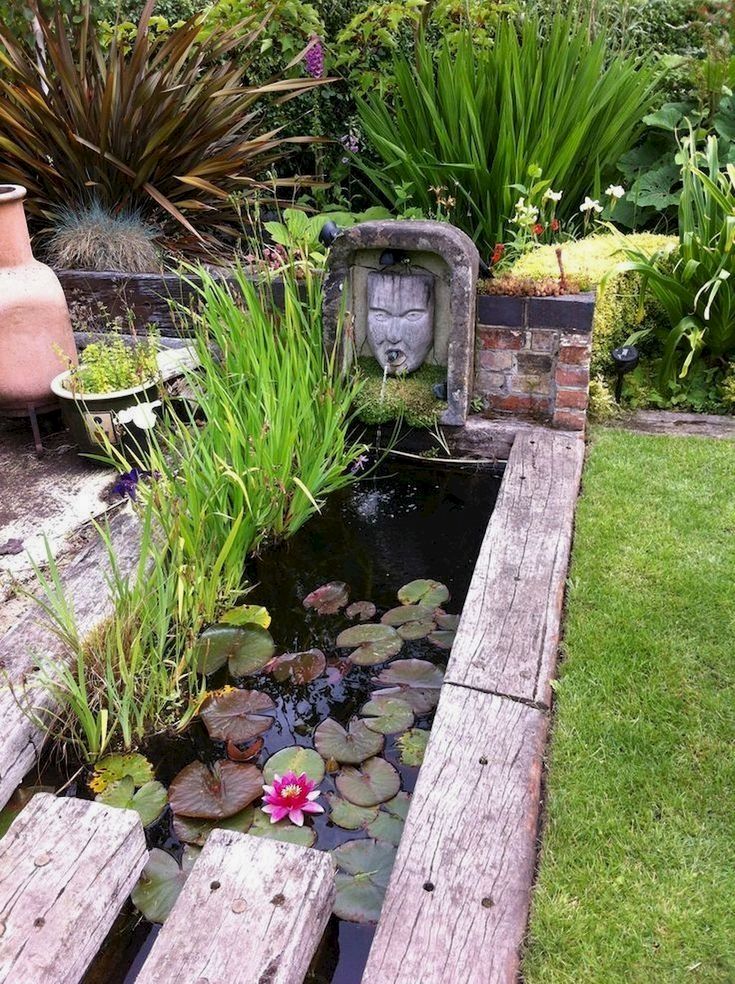 The bigger the pond, the lower the cost per acre. It will also depend on how deep it is required to be and the area where the pond is located.
The bigger the pond, the lower the cost per acre. It will also depend on how deep it is required to be and the area where the pond is located.
How long does it take to build a 1 acre farm pond?
The usual timeframe is between 4 to 6 weeks to build a 1 acre pond. Of course, this timeframe can change depending on the particular design of your farm pond.
Should I add fish to a farm pond?
Absolutely! Adding fish to a farm pond will actually help you maintain the equilibrium of the pond’s ecology. The particular type of recommended fish will depend on where the land is located and the local weather. In general, throughout most of the United States you can breed bass, bluegills and catfish, but you may have some different options depending on where your land is located. Find here a Management of Recreational Fish Ponds in Texas guide by the Texas Agricultural Extension Service.
How to make a big pond on the plot
- Main »
- Landscaping »
- Reservoirs »
- A big pond is a small sea
The contemplation of flowing water calms. Its measured murmur pacifies, bewitches, gives a feeling of calm. On a clear day, sun glare plays in clean, transparent droplets. At sunset, the heavy red sun draws a bright path on the smooth surface of the pond. Water gives coolness in the heat, refreshes, invigorates...
We all remember fairy tales about the magical power of living water from childhood. According to astrologers, representatives of the signs of the water element especially need the healing power of water, so they are recommended to surround themselves with all kinds of water bodies. And it does not matter whether it will be a small home aquarium, a small fountain or a large picturesque pond.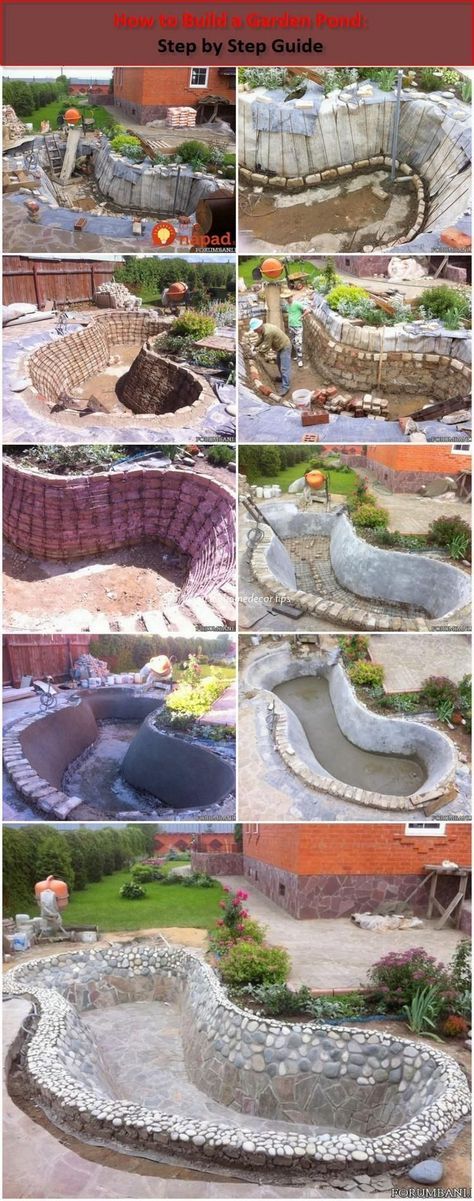 The main thing is the incomparable feeling of coziness and comfort emanating from the water.
The main thing is the incomparable feeling of coziness and comfort emanating from the water.
Tip
All kinds of wooden flooring and footbridges are also necessary attributes for designing swimming pools as part of ornamental ponds. In addition to the fact that they provide a convenient approach and descent to the water, it is very convenient to place the necessary equipment under them to ensure the water cycle in the system.
Landscape Design Company
Own sea
A large pond in a suburban area is a small sea. A sea of pleasure and a sea of responsibility. What will this pond be like - classic, symmetrical, with smooth edges and strict geometry of coastlines - or romantic, as close as possible to natural, natural outlines; whether it will be intended only for swimming or inhabited by fish is up to the owner of the pond, since the choice of design projects is great and will satisfy any, even the most demanding land owner.
Tip
Think carefully about the type of body of water you want. The worst thing for a specialist is when they ask him: “Do something!”
Dmitry Vasiliev,
Technical Director
Master-Fontan LLC
Modern technologies make it easy to make a pond, large or small, of any area and depth, durable and beautiful at the same time. If there is already a natural reservoir on the territory of the garden, you can give it the desired configuration, enlarge it, decorate the banks.
Dream come true
In order to competently approach the creation of your own reservoir, you should first read the special literature. Based on the information received, you will be able to choose the right materials needed to make your dream come true and make a pond on the site.
When creating a backyard mini-water area, three main aspects must be taken into account. The first is the design of the pond.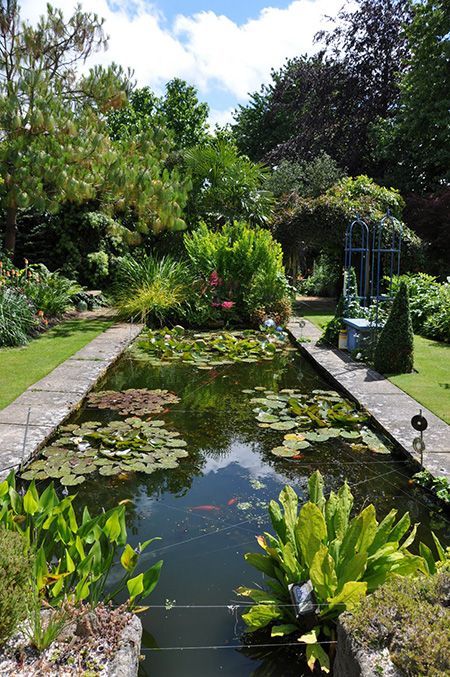 It is necessary to carefully weigh and consider how the size and shape of the pond will be combined, whether its design will be in harmony with the surrounding landscape, whether it will suit the style, whether the landscape near the house will look holistic and beautiful.
It is necessary to carefully weigh and consider how the size and shape of the pond will be combined, whether its design will be in harmony with the surrounding landscape, whether it will suit the style, whether the landscape near the house will look holistic and beautiful.
The second most significant aspect is the location of the reservoir. If you want to make a large pond exclusively for swimming, then it should be located on the south side of the site so that the water in it is always well warmed up. On the north side, for protection from the wind, you can install a gazebo on the shore. If the pond is inhabited by fish, it is important to ensure that the water temperature is optimal for their life. Therefore, such a reservoir should not be exposed to solar radiation for more than 5 hours a day. You should inquire in advance about the temperature of the water suitable for the life of the fish you have chosen: some prefer cold water, others a little warm.
Tip
When choosing the size of the waterproofing film, always take into account all possible circumstances.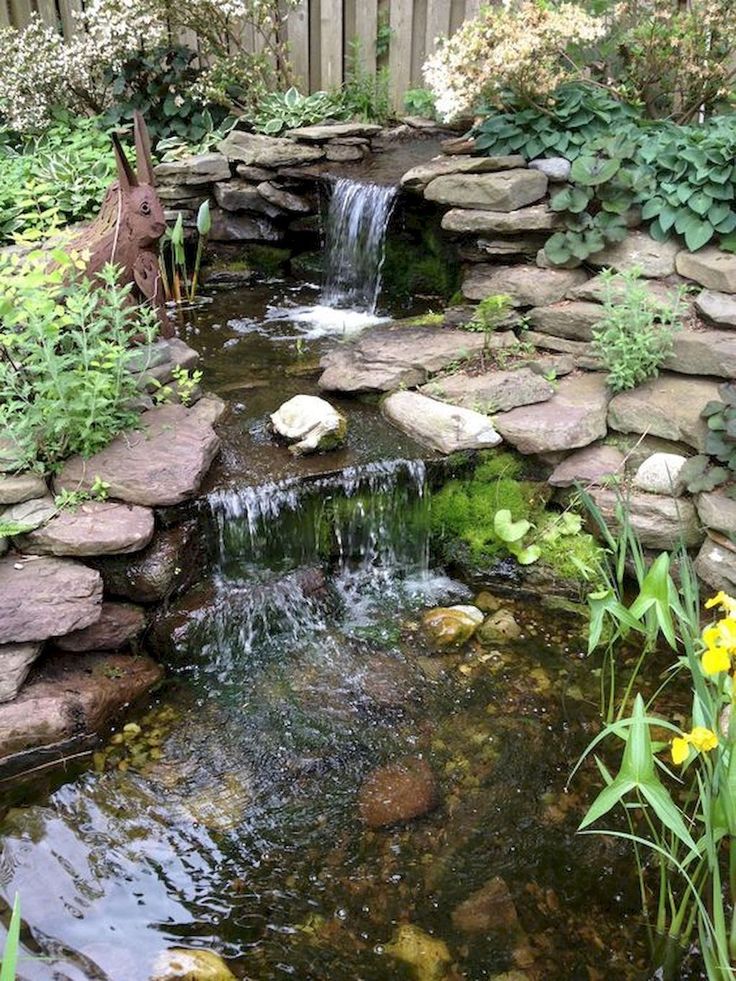 Order a slightly larger film than required - under certain conditions, the soil at the base of the pond can settle, so a small margin will not hurt.
Order a slightly larger film than required - under certain conditions, the soil at the base of the pond can settle, so a small margin will not hurt.
Dmitry Vasiliev,
technical director of Master-Fontan LLC
What does it cost us to build a pond?
If you decide to make a pond in the garden, you need to create it on paper - sketch out a rough sketch of what we want to see on our site.
The current fashion for the shape of a reservoir is dominated by a departure from the classics, straight lines and clear boundaries. The last "squeak" is a mini-water area of extravagant, irregular shape. Such a pond is unique, unrepeatable - it can be said with full confidence that there is no such reservoir and will not be anywhere else in the world. But sometimes a pond with a complex configuration does not fit well into the surrounding terrain, especially if the site has a strict design.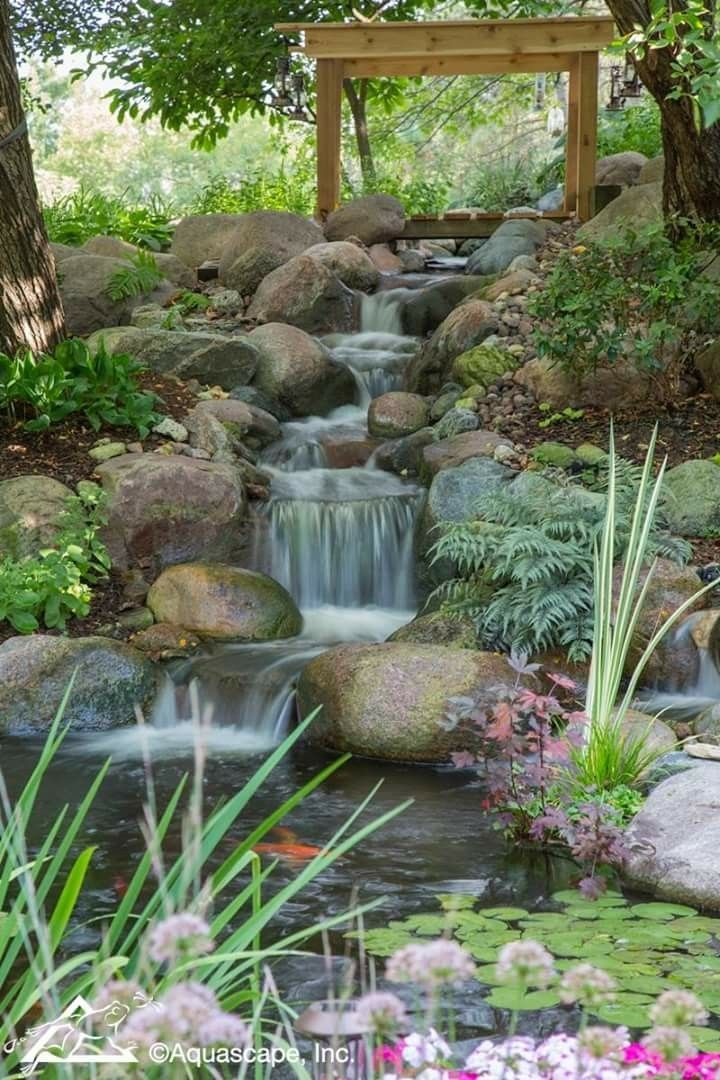 In this case, the simplicity of the form will be rather a virtue.
In this case, the simplicity of the form will be rather a virtue.
The pond itself is already beautiful and bright, but there are many other decorations that can, by the way, carry both an aesthetic and a functional load. So during construction, you should also think about what additional elements you will decorate your pond with later. These can be various fences, decorative bridges (which will be very useful in a Japanese-style garden) or hanging platforms.
Underwater World
Concrete T-shaped modules are installed at the place of the future swimming pond
When creating a deep bathing pond, it is necessary to provide a convenient entrance to the water. At least one of the descents should be gentle, but in general it is desirable that the bottom slope on all banks is no more than 45 °.
For aquatic inhabitants, several underwater terraces should be made - a shallow water area, a platform for deep-sea plants and the deepest place for fish.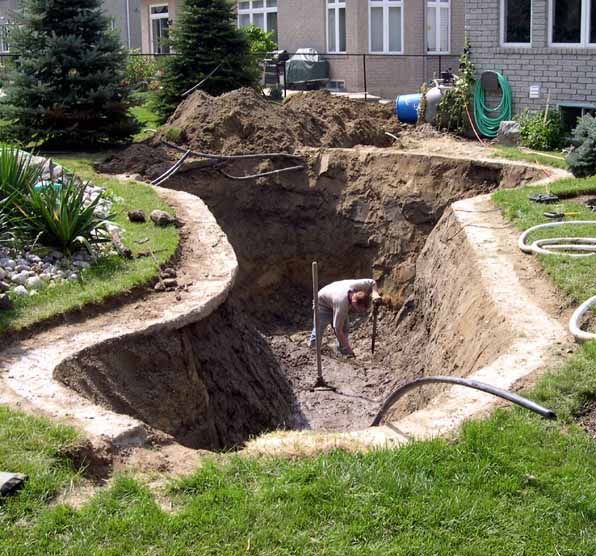
If you have small children, you can simply lower the water level in the pool for their safety. Then, when the children grow up, the water level can be raised.
Case of technology
"Landscape structures". A layer of geotextile and a layer of waterproofing are laid on the bottom of the reservoir. Upper concrete modules are installed along the perimeter of the swimming bowl.
Shallow regeneration zones are covered with soil. The bottom and walls of the pool are decorated with a waterproofing film imitating pebbles, the edges - with cobblestones and large stones.
You can lay a pond at any time of the year. It is better to immediately mark the place for the pit and underwater terraces with pegs with a rope stretched between them. When creating terraces, it is better to leave small earthen ramparts for the convenience of fixing the film and a layer of sand for planting. The pit should be dug 5-10 cm deeper than the expected level, in order to then fill the bottom with sand and line it with coconut mats or a special non-woven material - geotextile.
Tip
In some cases, a honeycomb-like geostatic mesh is mounted on top of the geotextile. Large pebbles or cobblestones can be placed in these "honeycombs" to create the effect of a rocky bottom. But such a grid is used only with "ISOBENT", and is usually not used in a standard construction scheme.
Landscape Design Company
If the bottom of the pit will be reinforced with a film, then all sharp objects - stones, tree roots, etc. - should be removed. Work should begin on a warm sunny day, as the elasticity of the film increases with increasing temperature. Calculating its dimensions is simple: width \ length of the film \u003d width \ length of the proposed reservoir + doubled maximum depth + 1 meter in order to bend the film over the side and dig it into the ground for fixation. (After strengthening at the bottom, the edges of the film are wrapped around the sides and dug into the ground for several tens of centimeters. This allows you to securely fix the film and prevent groundwater from entering the pond).
This allows you to securely fix the film and prevent groundwater from entering the pond).
Before starting waterproofing work, you need to find out what the groundwater level is. If they lie fairly close to the surface of the earth, then an inlet valve will be required. This is a very important point, because if the groundwater level rises, they can ruin the pond by simply squeezing out part of the bottom.
This cup is not for tea
Further work on reinforcing the pond bowl can be done according to several schemes.
• The first and most expensive method is concreting. This is the oldest and most reliable way to strengthen the bottom. The concreted bottom is not afraid of either groundwater or freezing - and will serve faithfully for more than one generation of owners.
• Butyl rubber bottom covers are also quite strong. They withstand temperatures up to ?35°C. Although you can find such films made in different countries on the market, experts in the creation of ponds recommend purchasing goods from a German manufacturer.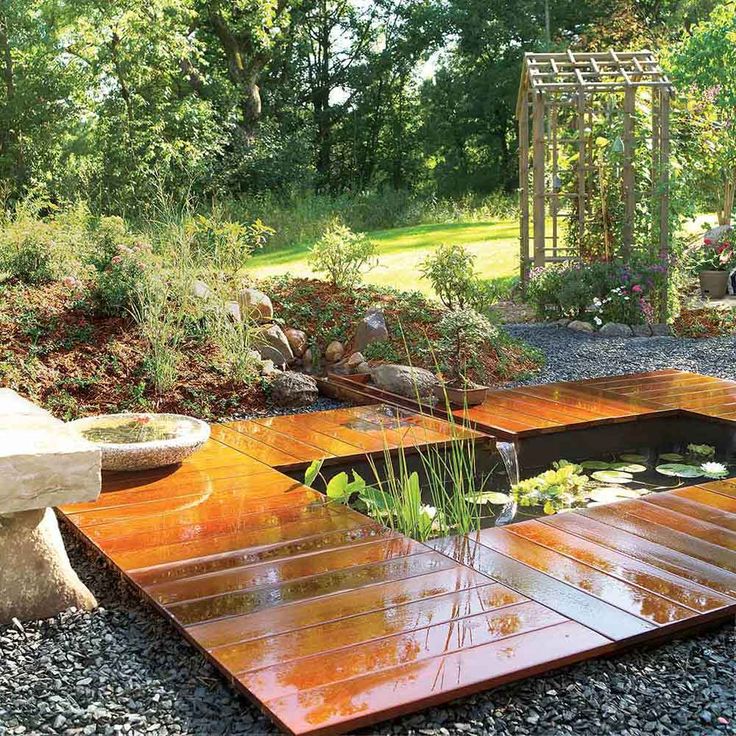 Films from Germany are better in quality,
Films from Germany are better in quality,
besides, they are guaranteed to last at least 15 years.
• PVC films have gained popularity due to their low cost and ease of handling. They are from 0.5 to 1.0 cm thick. To create a pond on a personal plot, most often, as a rule, a film with a thickness of 0.8 cm is used.
• Today, PVC is being replaced by a more promising material, which among professionals is called “EPDM-membrane”. The material is capable of tenfold stretching without the threat of rupture. Sold in panels and sheets in standard sizes, which are glued on site with glue or heat seal tape.
"Geotechnology". Pond Construction Using Geostatic Grid
• Another option suitable for creating a large pond is the use of liquid rubber. After hardening of this material, a strong bowl is obtained. The main plus is that in this way you can create a reservoir of any size. If the width of the film turns out to be less than the width of the pond, you will have to make a seam, the quality of the waterproofing of the reservoir will also depend on the quality of the workmanship.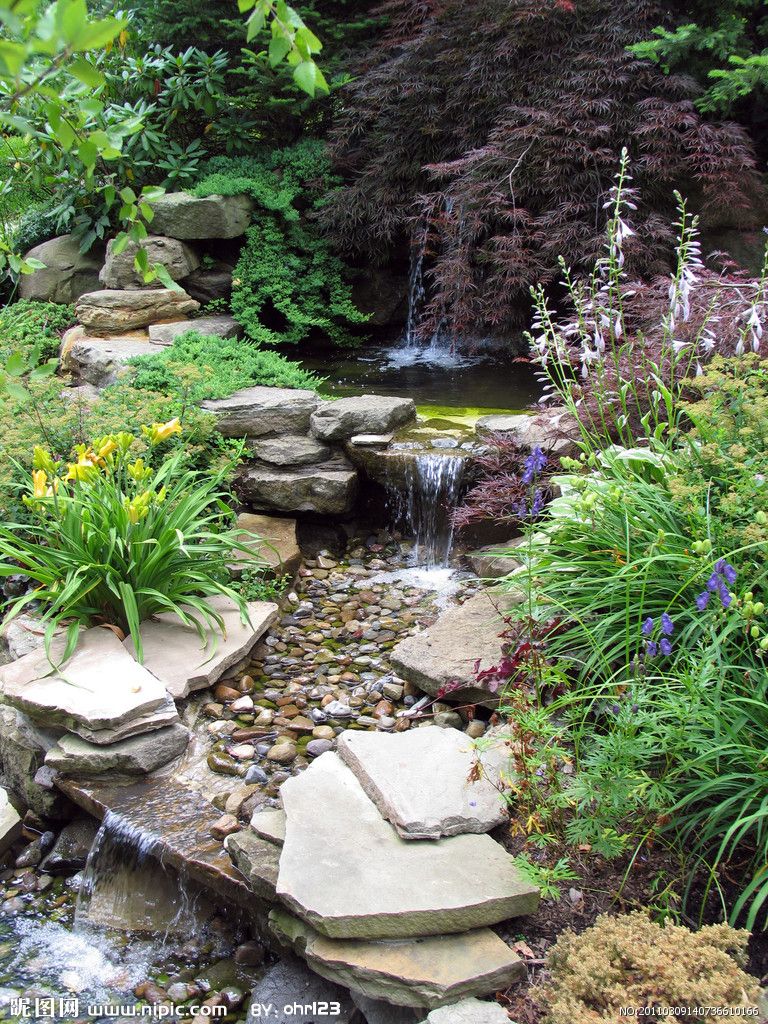 When using liquid rubber, such problems do not arise - you can create a pond bowl of any size and configuration, perfectly flat or with ledges. The service life of a liquid rubber bowl is 50 years.
When using liquid rubber, such problems do not arise - you can create a pond bowl of any size and configuration, perfectly flat or with ledges. The service life of a liquid rubber bowl is 50 years.
• Ready-made plastic bowls of up to 1000 liters and more can be purchased from specialized stores. Large bowls are made to order. Plastic molds are used in cases where you need to create a pond quickly and without much cost. They are made of durable frost-resistant plastic with a UV filter and already have several terraces for aquatic plants, fish, recesses for lighting and a pump.
• Natural pond cover - it couldn't be easier. Sand, gravel and flat stones are all that is needed in this case.
After making the pond bowl, you can start slowly filling the pond with water. The jet should be spraying - this will help reduce the chlorine content in the water. But still, before planting plants and launching fish into the pond, a certain time must pass, during which fresh tap water must “breathe”.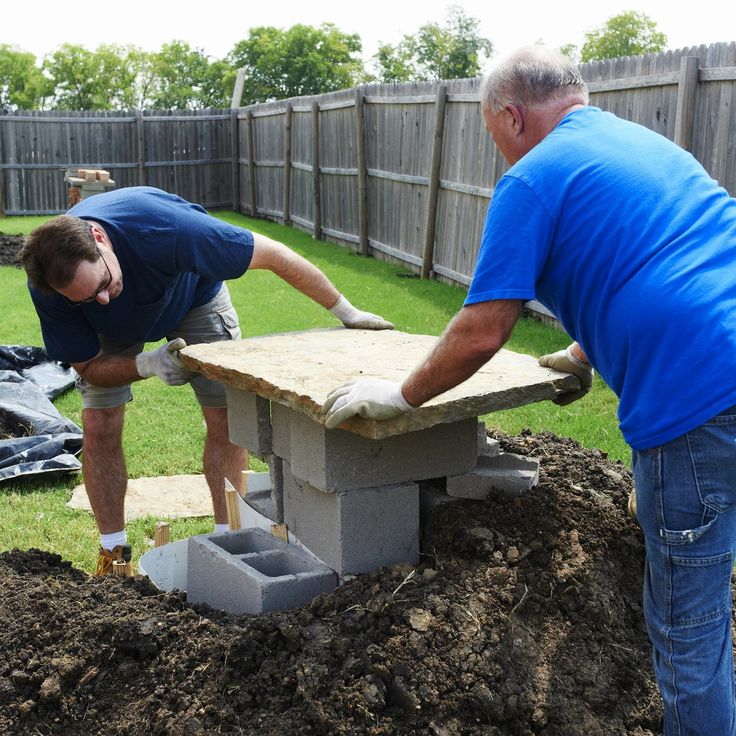
Two in one
You can achieve a harmonious combination of a swimming pool and a decorative artificial pond. Such a "hybrid" among professionals is called a landscaped swimming pool. The main thing in the development of such a hydraulic structure is to solve the problems associated with contradictions in the rules for the construction of such reservoirs.
The mirror surface of an ornamental pond, beautifully designed coastlines, as well as the convenience of planting plants in shallow water are its main trump cards. But for swimming pools, the main issue is the depth and hygiene of the reservoir. The water purification system should be as close to natural as possible. This is the main difficulty in arranging a landscaped swimming pool. It is necessary to organize a water purification system as close as possible to natural. This can be achieved by forced circulation of water, when the water passes through the regeneration zone and returns to the swimming bowl purified, clarified and enriched with oxygen. And then in such a reservoir you can swim even if there are fish and plants in it.
And then in such a reservoir you can swim even if there are fish and plants in it.
The construction scheme for a landscaped swimming pool may be as follows. First, markings are made on the ground with a curb plastic tape, which will later serve as the contour of the future reservoir. Then a foundation pit is dug out to the entire depth of the swimming bowl and a foundation is cast under the sides of the internal cavity of the reservoir. An EPDM membrane is used as a waterproofing material. A shock-absorbing layer of geotextile is laid on top, on which concrete blocks are installed from which the walls of the swimming bowl are arranged. Next, backfilling with soil of shallow regeneration zones is carried out. The final touch is the decoration of the surface of the bottom and walls of the pool with a waterproofing film that imitates natural material, say, pebbles.
Decor
A ready-made, waterproofed pond bowl can be artfully decorated. One of the options for such an “internal” decoration is artificial stone, which is also concrete with the addition of plasticizers.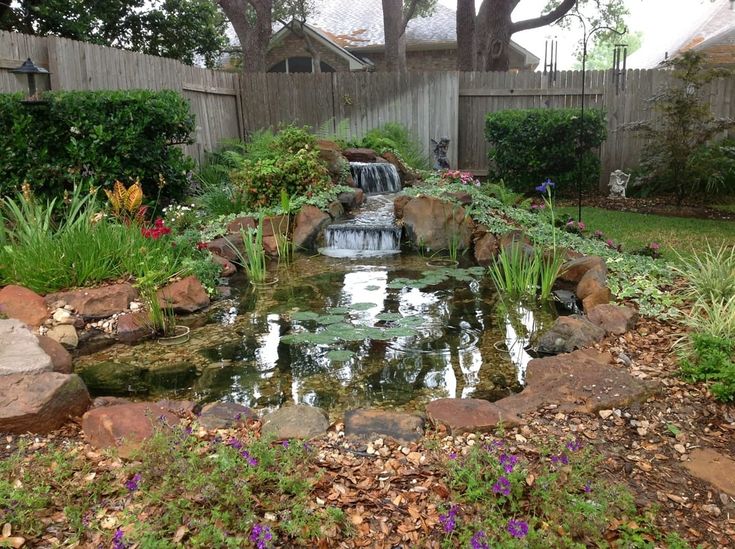 This material is convenient because in the process of hardening it can be given the desired shape. A pond decorated with artificial stone looks very impressive. Such a “lake” in a solid rock is an ideal addition to a rocky garden.
This material is convenient because in the process of hardening it can be given the desired shape. A pond decorated with artificial stone looks very impressive. Such a “lake” in a solid rock is an ideal addition to a rocky garden.
Multi-colored industrial glass mosaic and bright tiles on the bottom, especially in combination with colored pebbles on the shore, are an excellent design move for connoisseurs of a colorful and vibrant life. For lovers of natural, natural beauty, PVC film with pebbles glued to epoxy resin is suitable. Such a film is also indispensable for decorating steep slopes, which are quite difficult to decorate with ordinary natural material.
Various “antique” items related to water or liquid in general, from ancient Greek amphorae to ancient jugs, will give a special chic to the reservoir. And, of course, the irreplaceable elements of aqua design are phytodecor
and lighting.
And the water will always be clean!
Any body of water, even the smallest, needs timely cleaning.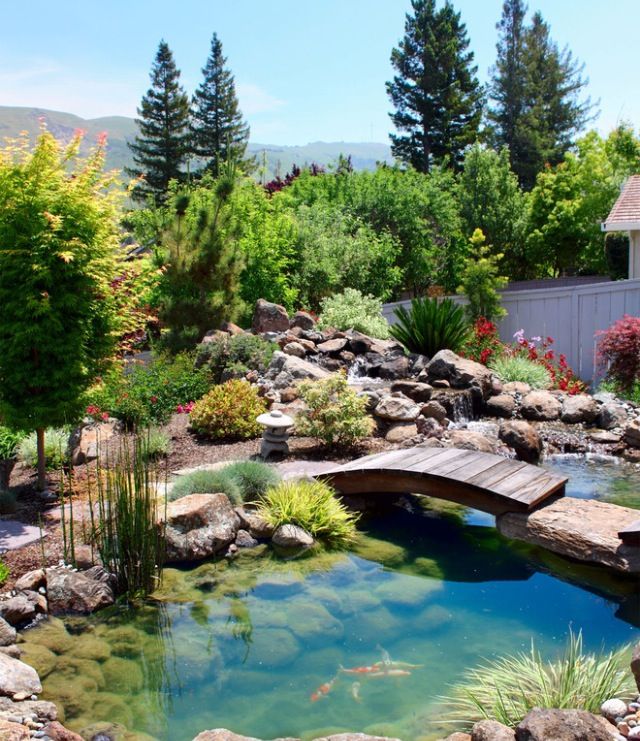 Garbage can be either mechanical, accidentally falling into the pond, or biological, arising from the vital activity of plants and fish. If a small reservoir can be cleaned manually, then a large one simply needs a special filter that purifies water from pollution. You can place it next to the bathing area so as not to disturb the aquatic inhabitants. And special covers for filters made in the form of large stones will help to disguise the treatment equipment.
Garbage can be either mechanical, accidentally falling into the pond, or biological, arising from the vital activity of plants and fish. If a small reservoir can be cleaned manually, then a large one simply needs a special filter that purifies water from pollution. You can place it next to the bathing area so as not to disturb the aquatic inhabitants. And special covers for filters made in the form of large stones will help to disguise the treatment equipment.
If a lot of foliage gets into the water, you can install a skimmer. It collects fallen leaves and petals, forming a small funnel on the surface of the pond.
Water is the substance that gave rise to life on earth. Any pond - both large and small - is quickly populated by inhabitants who begin to live their lives, at their own rhythm and pace, but next to you. This is a whole microcosm in a small area, amazing and diverse. Give yourself the opportunity to live in harmony with this microcosm, observe or even communicate with its inhabitants, and then your own life will be filled with the harmony and wisdom of nature.
Modern technologies make it easy to build a pond of any size and depth, durable and beautiful at the same time. If there is already a natural reservoir on the territory of the garden, you can give it the desired configuration, enlarge it, decorate the banks.
Text: Snezhana Kholodova, Vladislav Chigazov
Consultants: Landscape Design Company, LLC Master-Fontan
"Landscape solutions" No. 3, 2008
Similar articles:
- Fountain - a source of peace
- Pond at the summer cottage "Film Pond"
- Pond for Thumbelina
- Sparkling decoration
Large pond for a large area
If your house is located on a plot near which there is neither a reservoir, nor a lake, nor a river, but you really want to watch the water surface, swim in hot weather and just enjoy the aesthetic pleasure of contemplating the water, then the construction of a large pond is undoubtedly will make your dreams come true.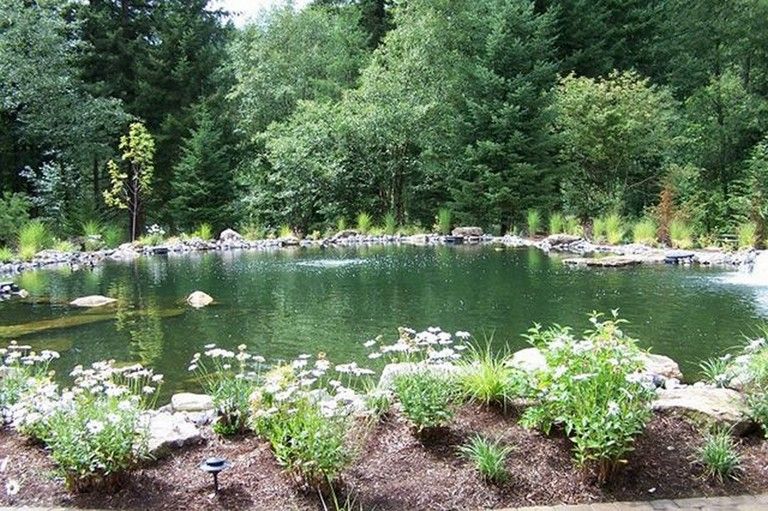
ElitPark specialists will be happy to help you build a large pond on your site. More than sixteen years of experience in hydrotechnical construction and the constant practice of designing and building large ponds with an area of more than 2000 m2 is a guarantee of the quality of the beauty of the pond and its durability.
What must be considered when building a large reservoir?
First of all, you should decide on the dimensions and shape of the reservoir. The pond should be successfully combined with the overall landscape design of the territory and at the same time complement it perfectly. A large reservoir should only be built in large areas. It is also important to know that a large reservoir should occupy no more than 2/10 of the entire area of \u200b\u200bthe site.
Next, you should decide for what purpose you need a pond. Fish breeding, bathing, architectural expressiveness - all these properties, of course, can be attributed to a large reservoir. However, a large pond can please you with a boat station, a fountain group, and a beautiful embankment ... Arrangement of large reservoirs with coastal territory is the hallmark of our company.
However, a large pond can please you with a boat station, a fountain group, and a beautiful embankment ... Arrangement of large reservoirs with coastal territory is the hallmark of our company.
Be sure to consider the lighting issue. Ponds are best built where there is direct sunlight. Decorative lighting is also important. Illumination of the pond is a complex technical solution. Lighting devices used for decoration should be powered exclusively by 12 volts.
The quality of the water in the pond is the main point of such an undertaking as building a large pond. Therefore, you should take care in advance to find experienced and, preferably, proven professionals. Beautiful pictures on a beautiful site are not yet a sign of professionalism - demand more convincing justifications for the viability of the company!
The main criteria for the company's professional approach to the construction of a large pond:
- At least 10 years of experience in the construction of large artificial ponds;
- permits for hydraulic engineering construction;
- qualification composition of engineering personnel;
- the presence of a design department with tolerances regulated by the legislation of the Russian Federation;
- experience in working with all categories of customers - from private to public;
- experience in coordinating with government agencies and holding government commissions.
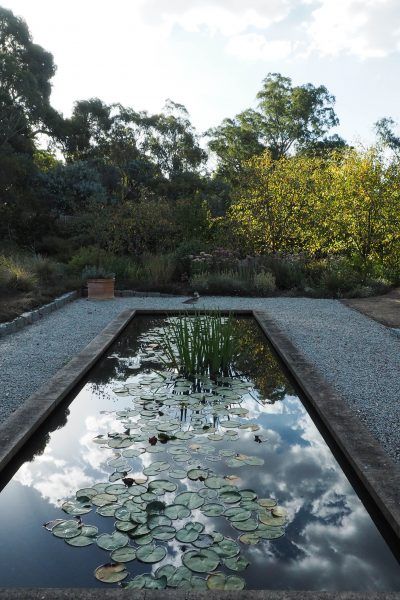
Learn more


